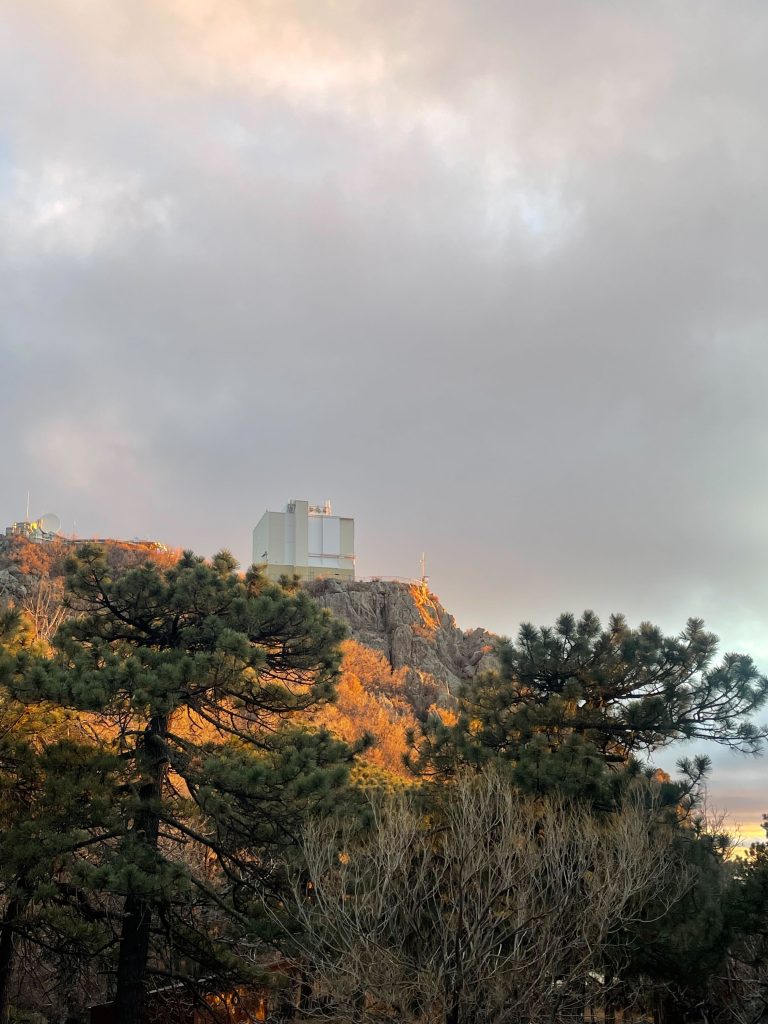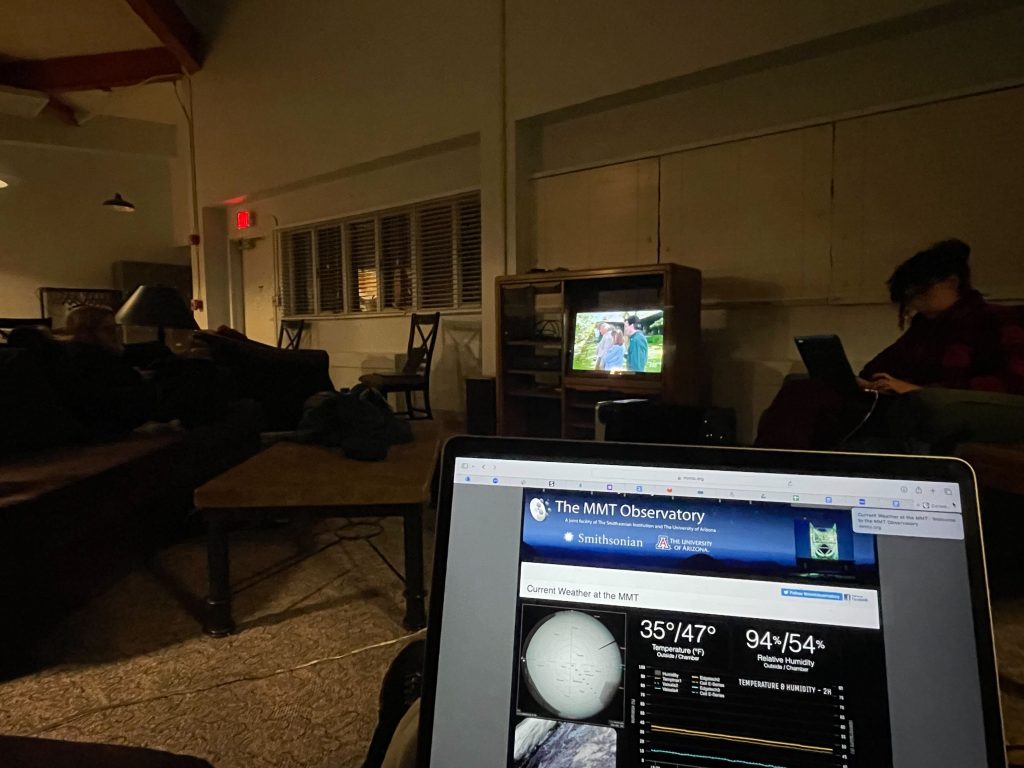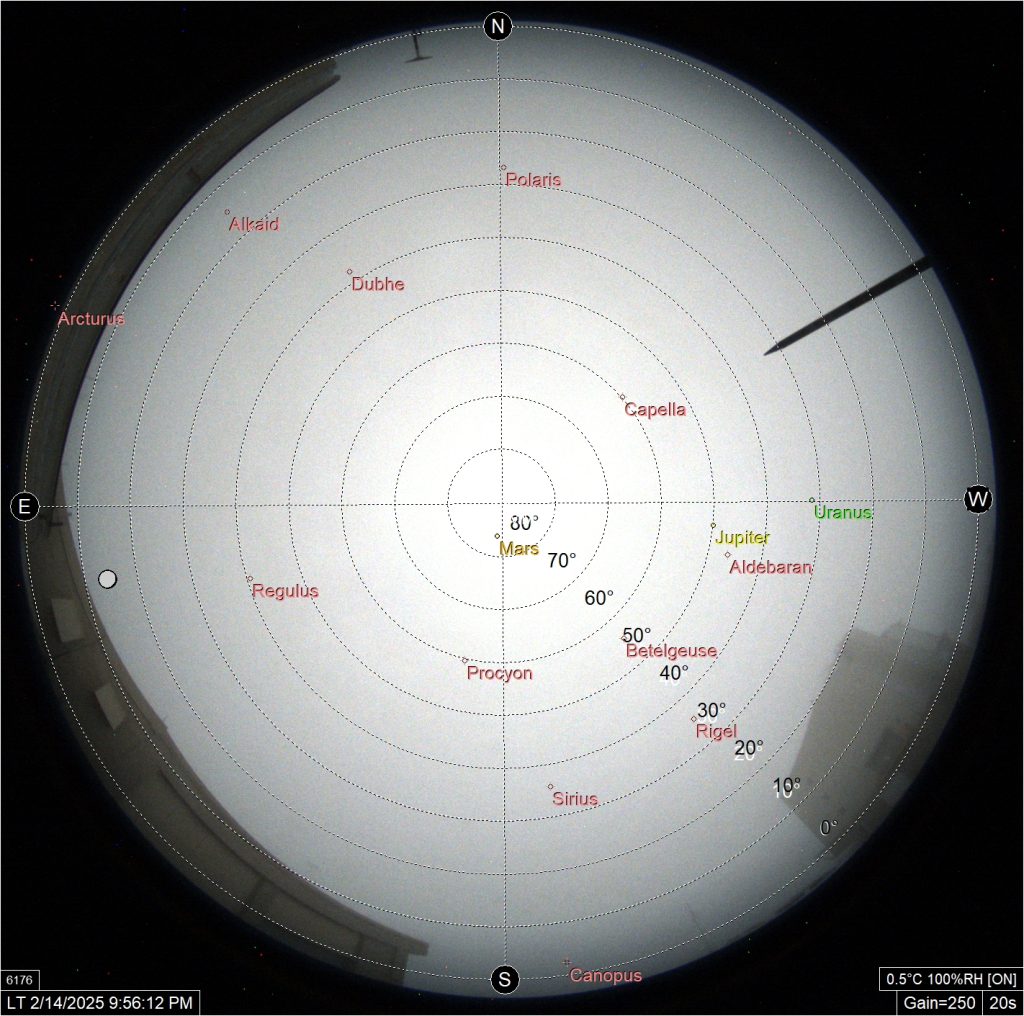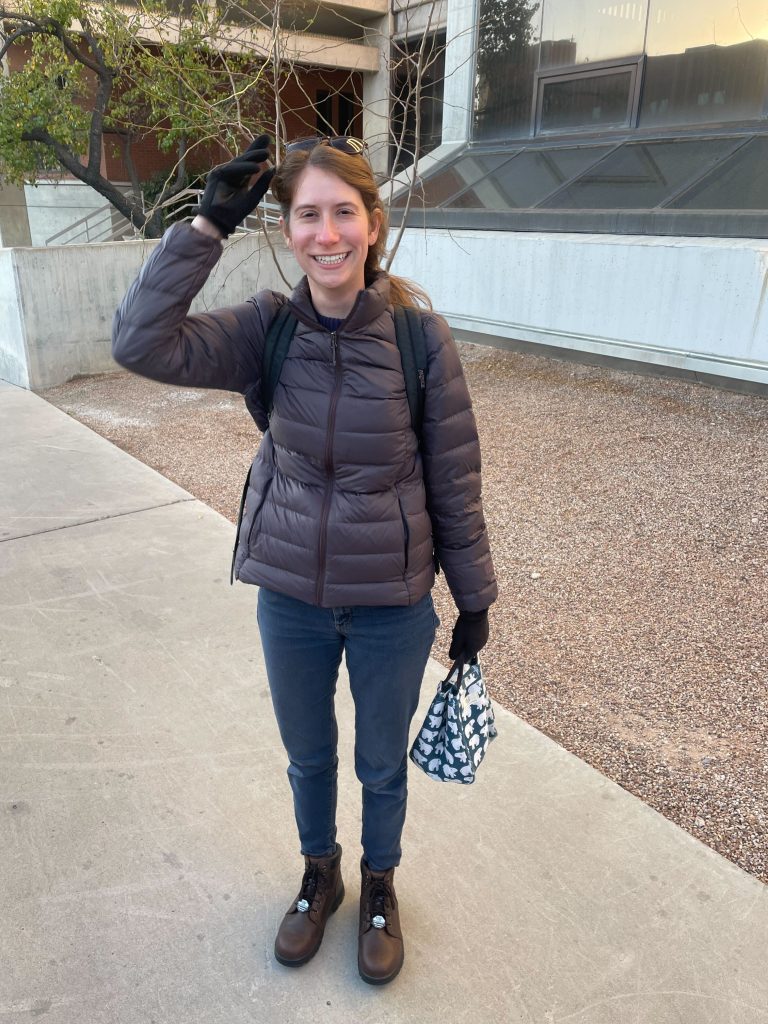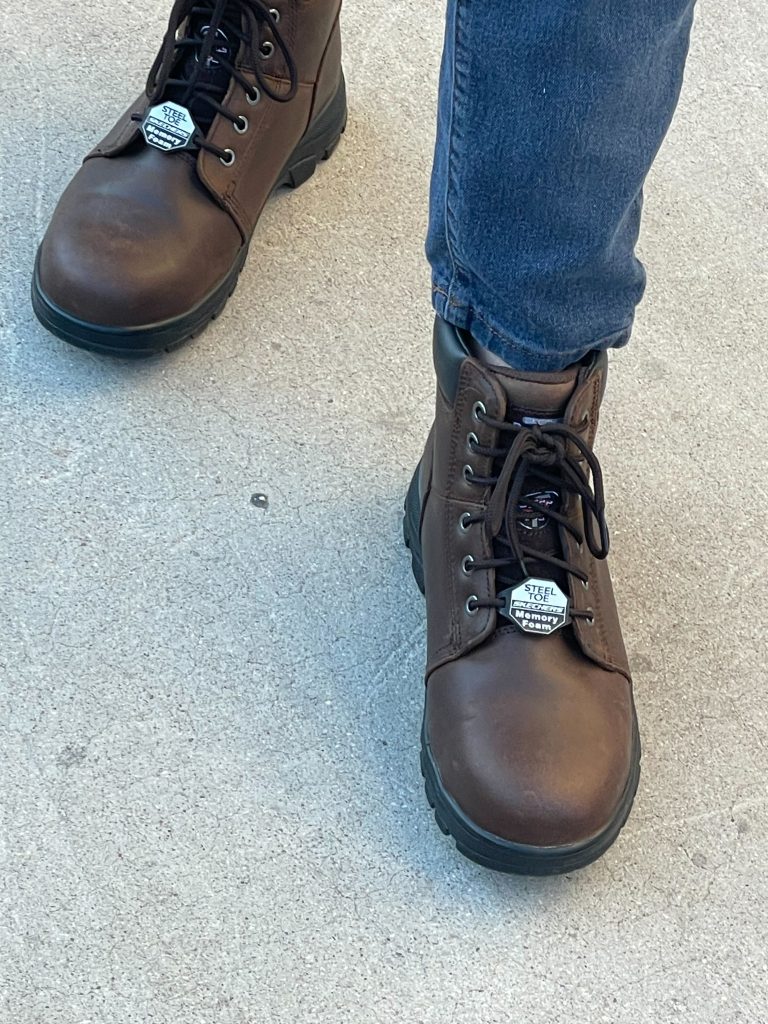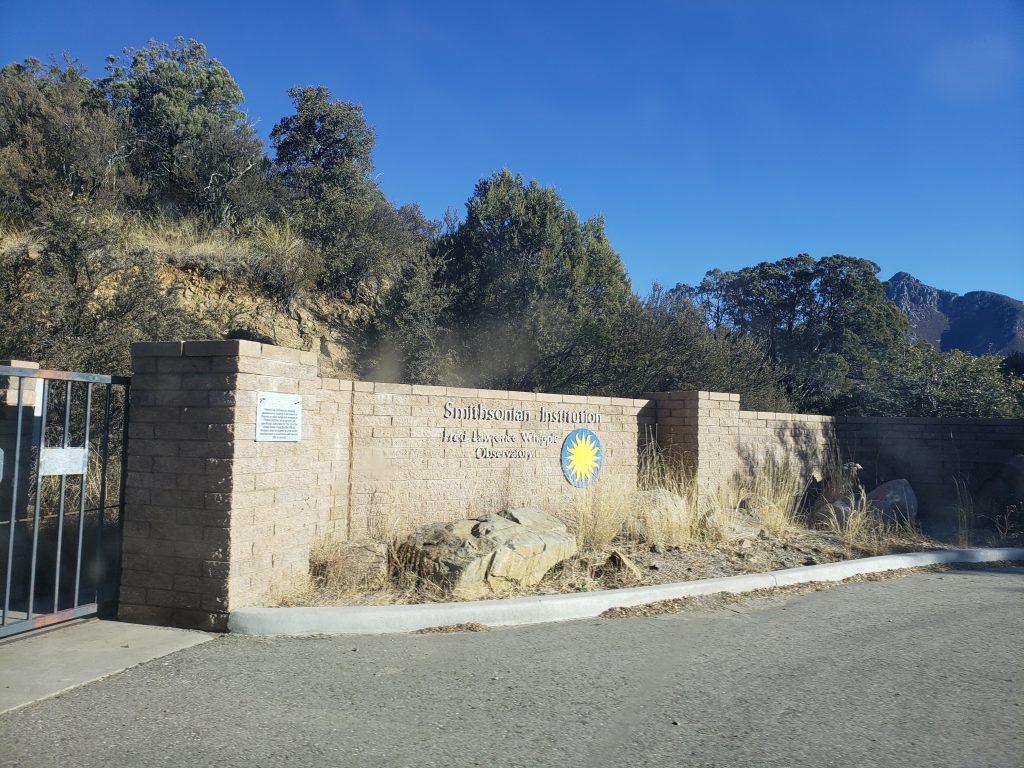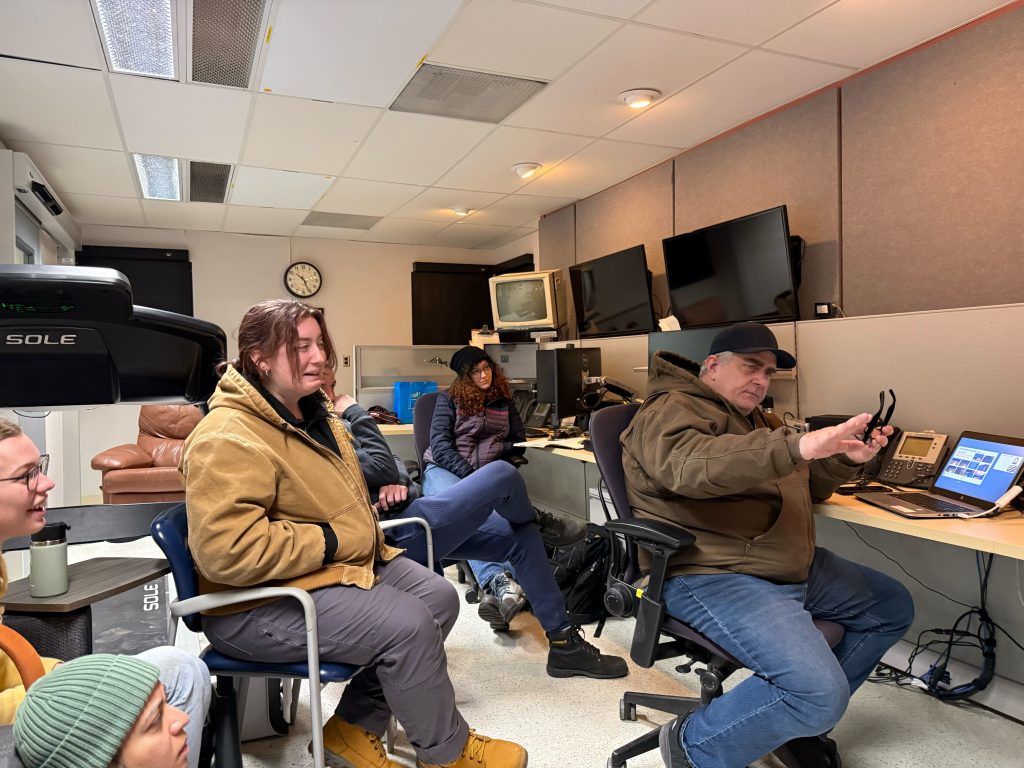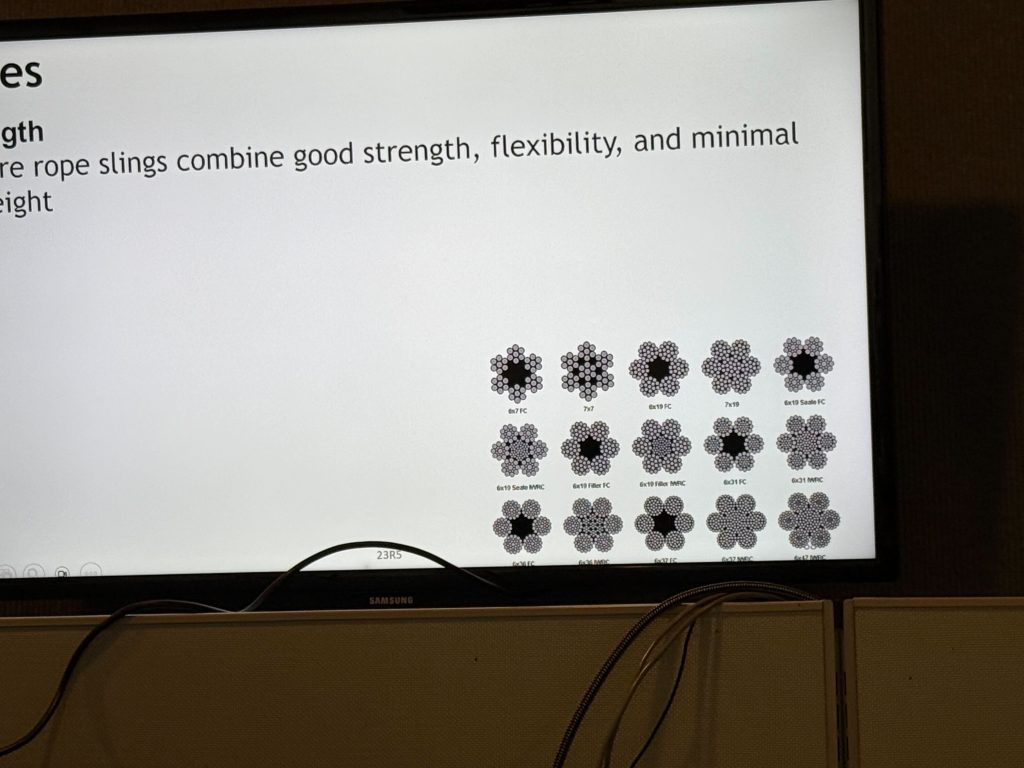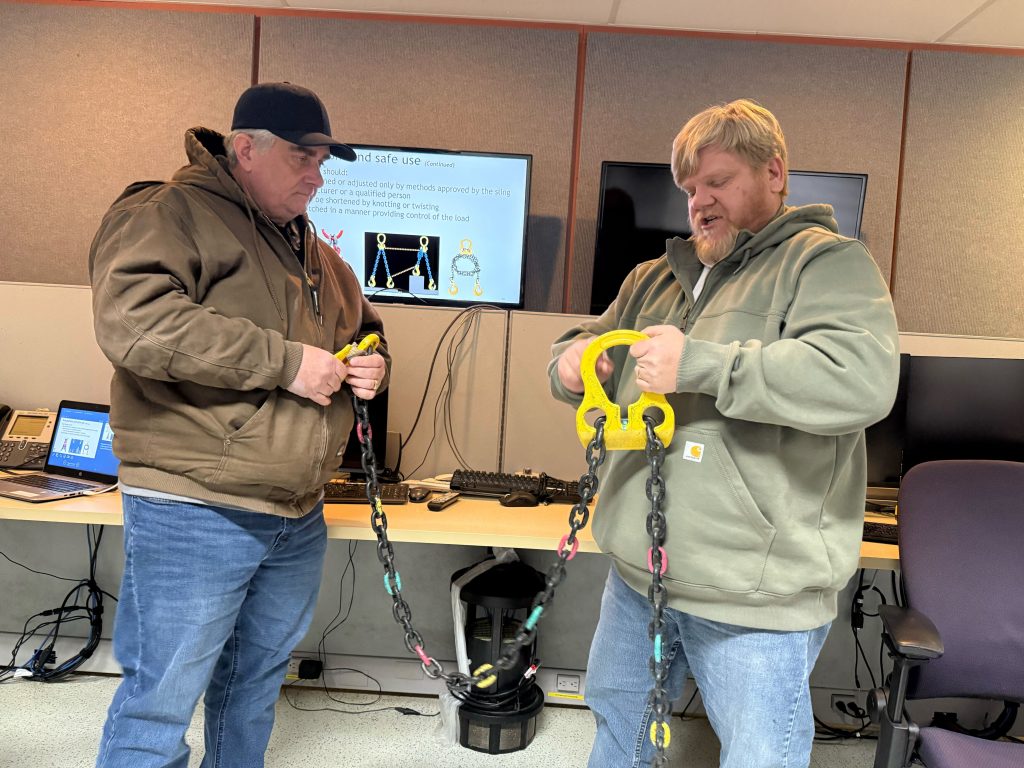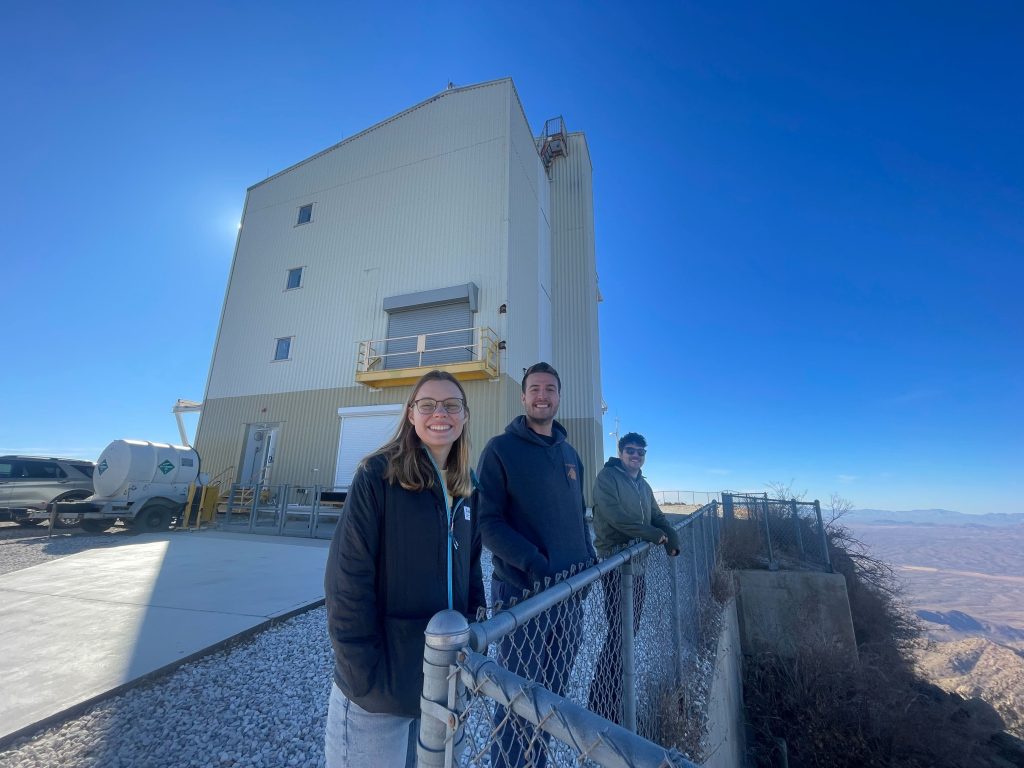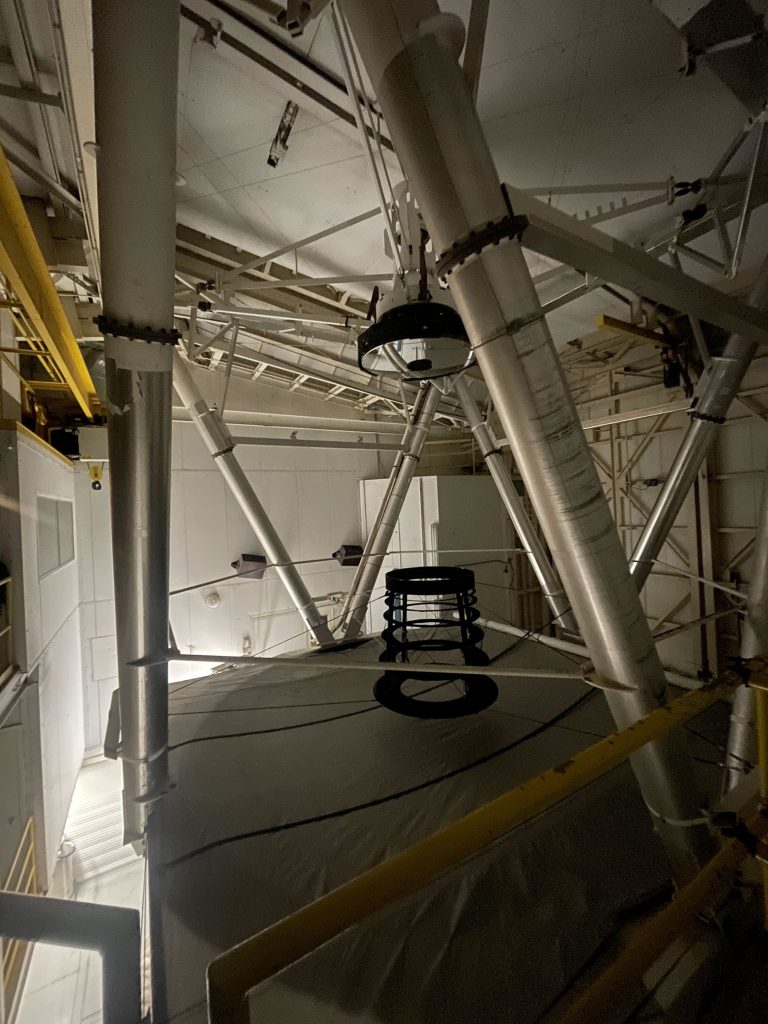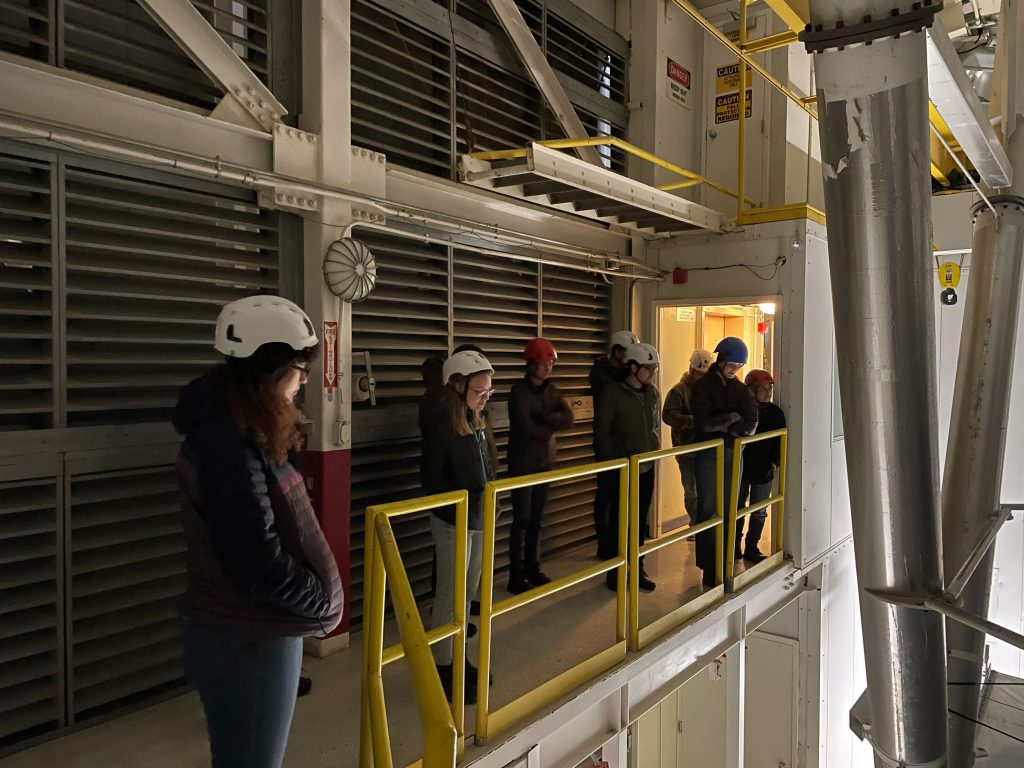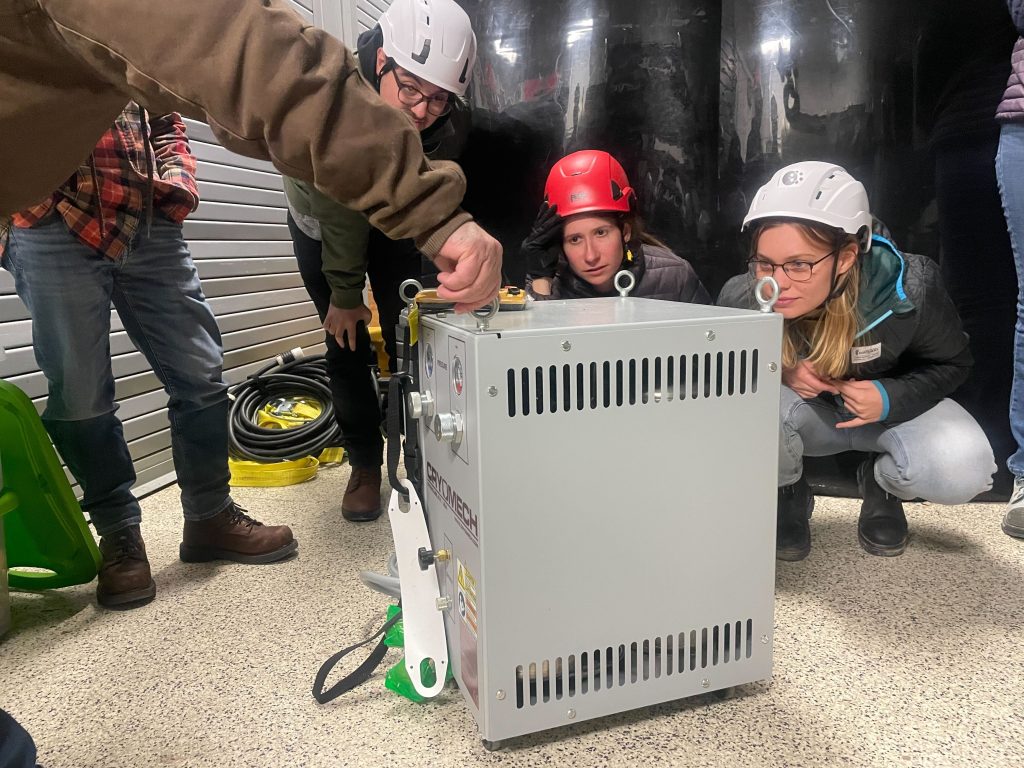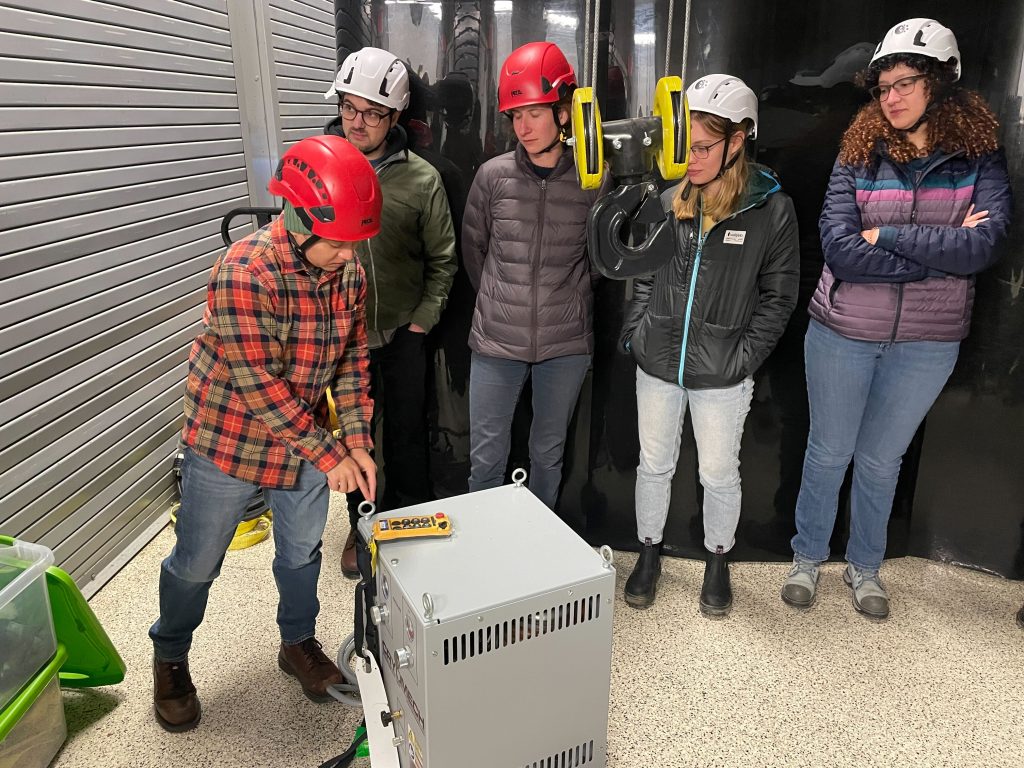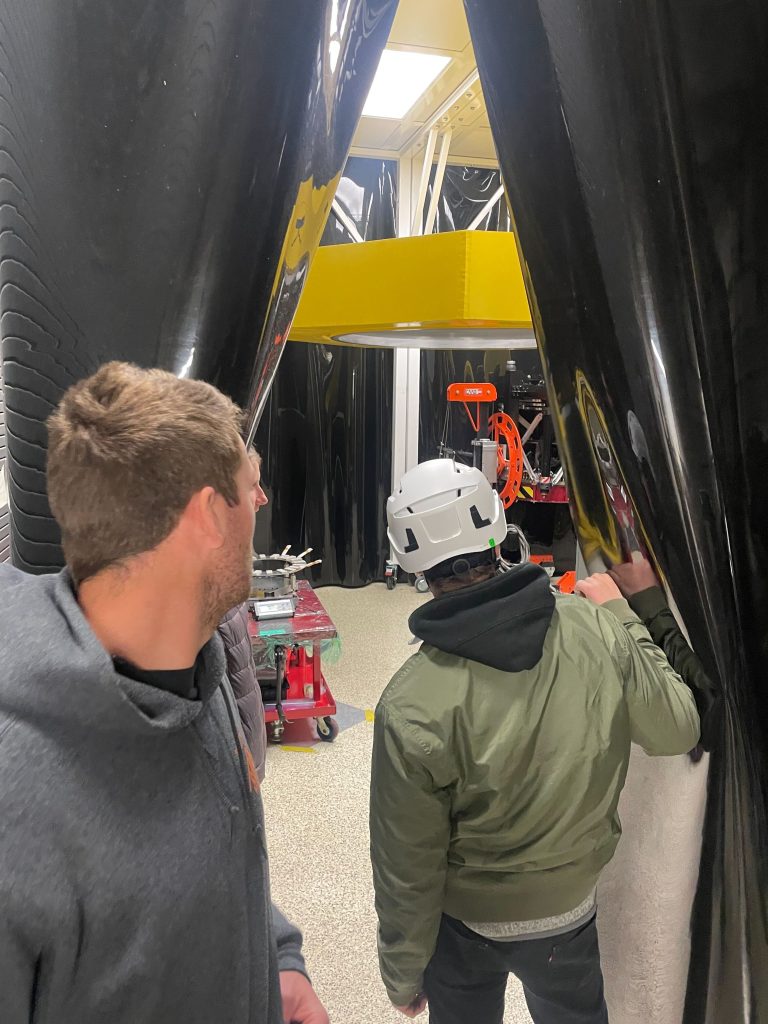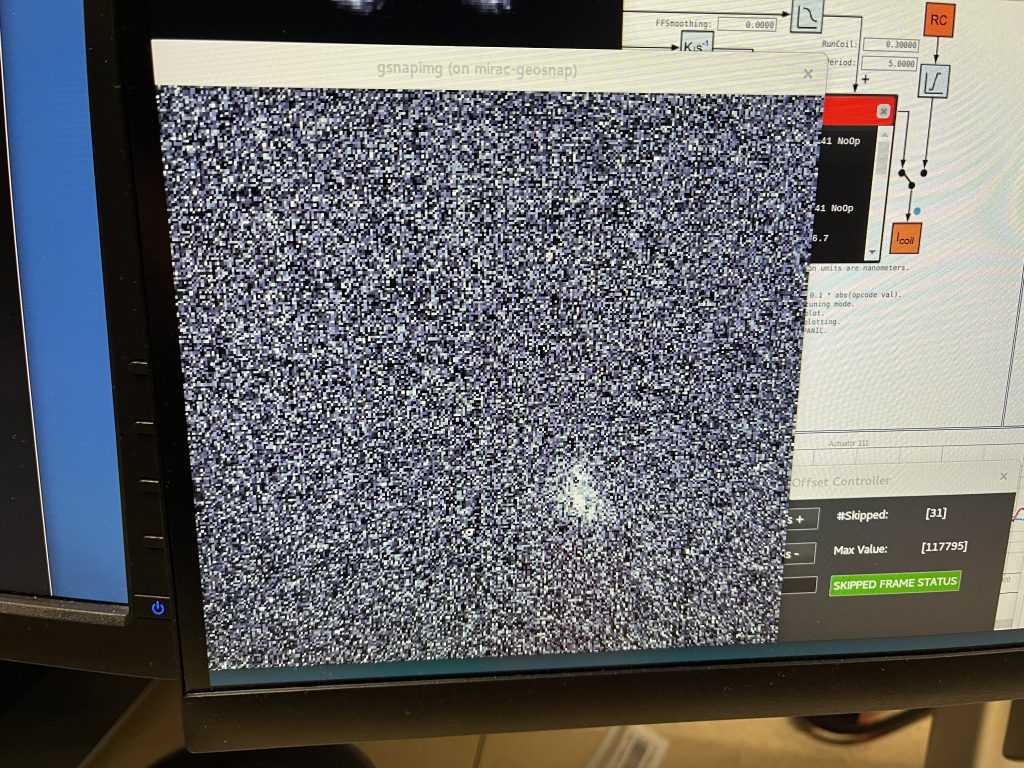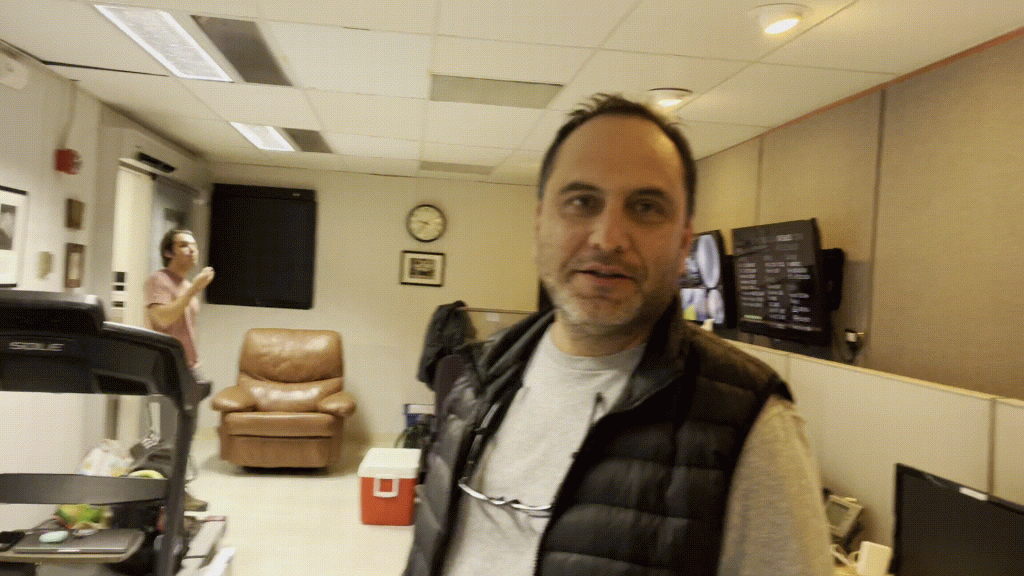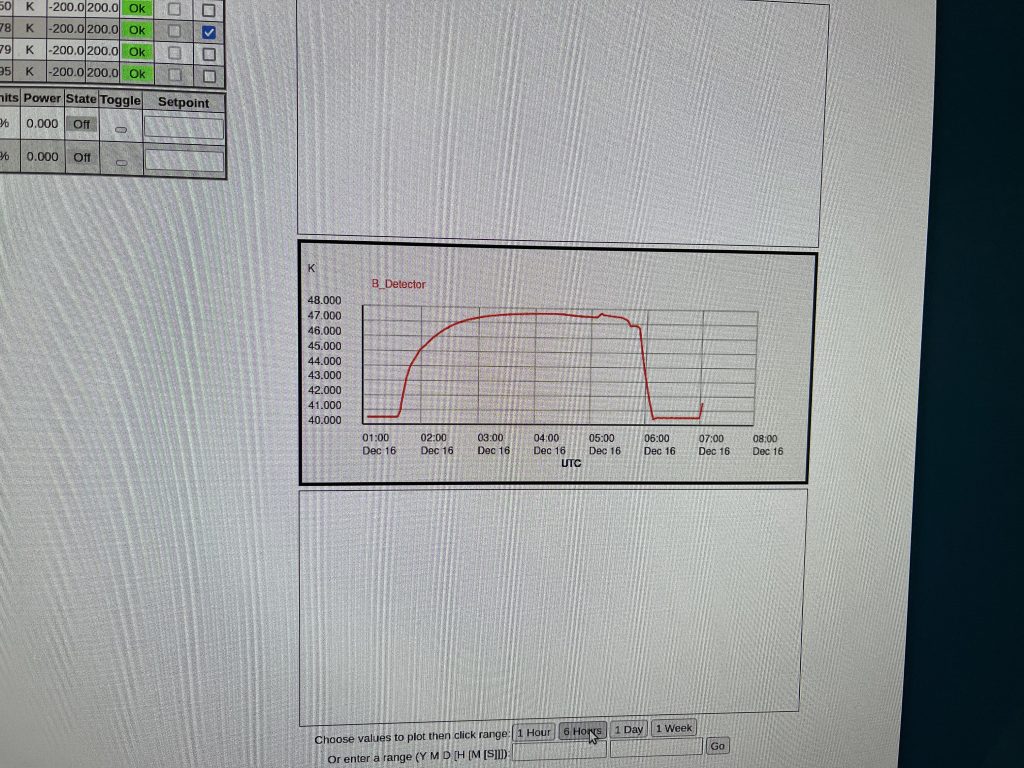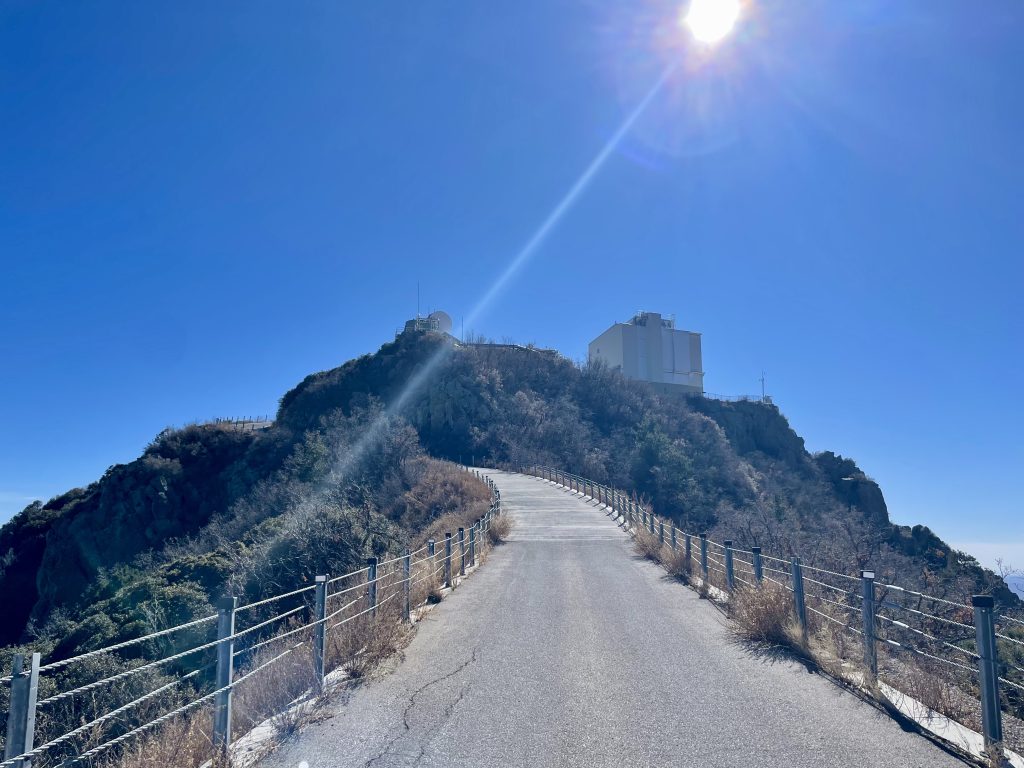
Hello! I’m Alyssa, and I am new to this blog. I am a visiting grad student from the University of Michigan that joined the MAPS team on this 6-night run. This will be my second observing run ever!
The MAPS team headed up to the summit tonight! The skies looked more promising than previous nights.
We had some clouds here and there with periods of high winds. But that quickly died down from up to 35 mph down to 0 mph over a span of a few hours. When aligning the pupil for MIRAC5 and co-aligning with the AO WFS, we have initially found that the source position was barely on the field of view of the detector. Since there is a new dichroic lens in the optical system, Manny and I went up to adjust the actuators near the dichroic to see if we could center the source as much as possible. Luckily, this had solved the issue to a good degree, and after getting through the cloudy and windy moments in the night, we were fortunate enough to start taking some science data tonight with some targets.
With some progress tonight, I want to take a moment for some notable quotes given out from none other than Krishna:
“What is the name of the dog in Scooby-Doo?”
“Is the loop looping?”
“Also, Manny, you look like a Rapper.”
Krishna

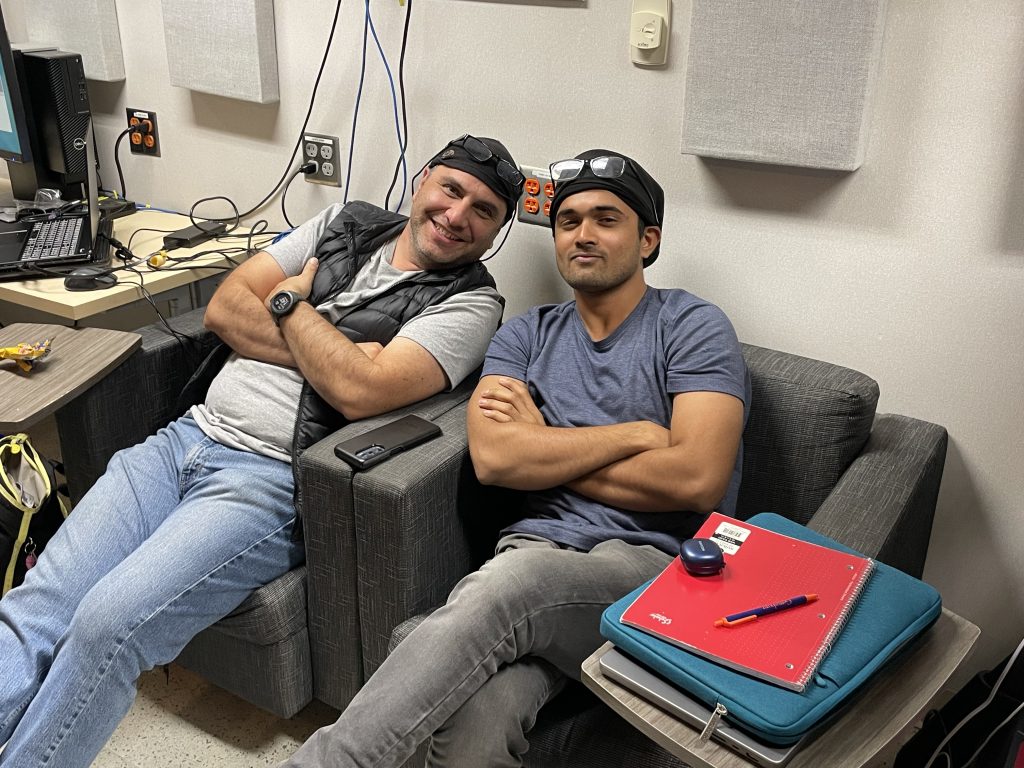
Song of the night featuring one of my favorite bands:
